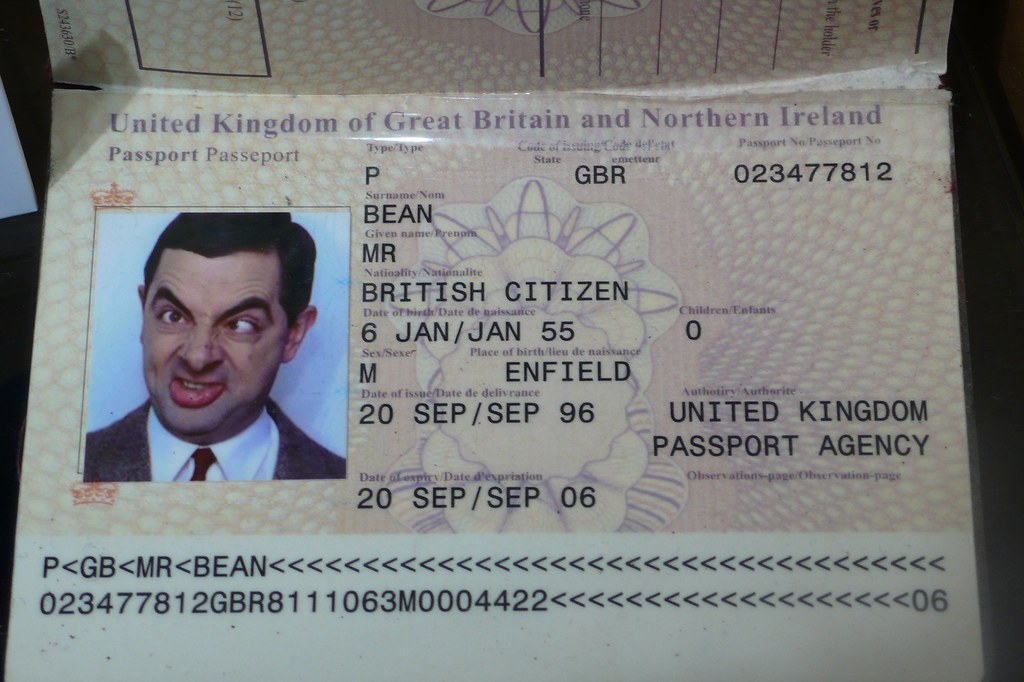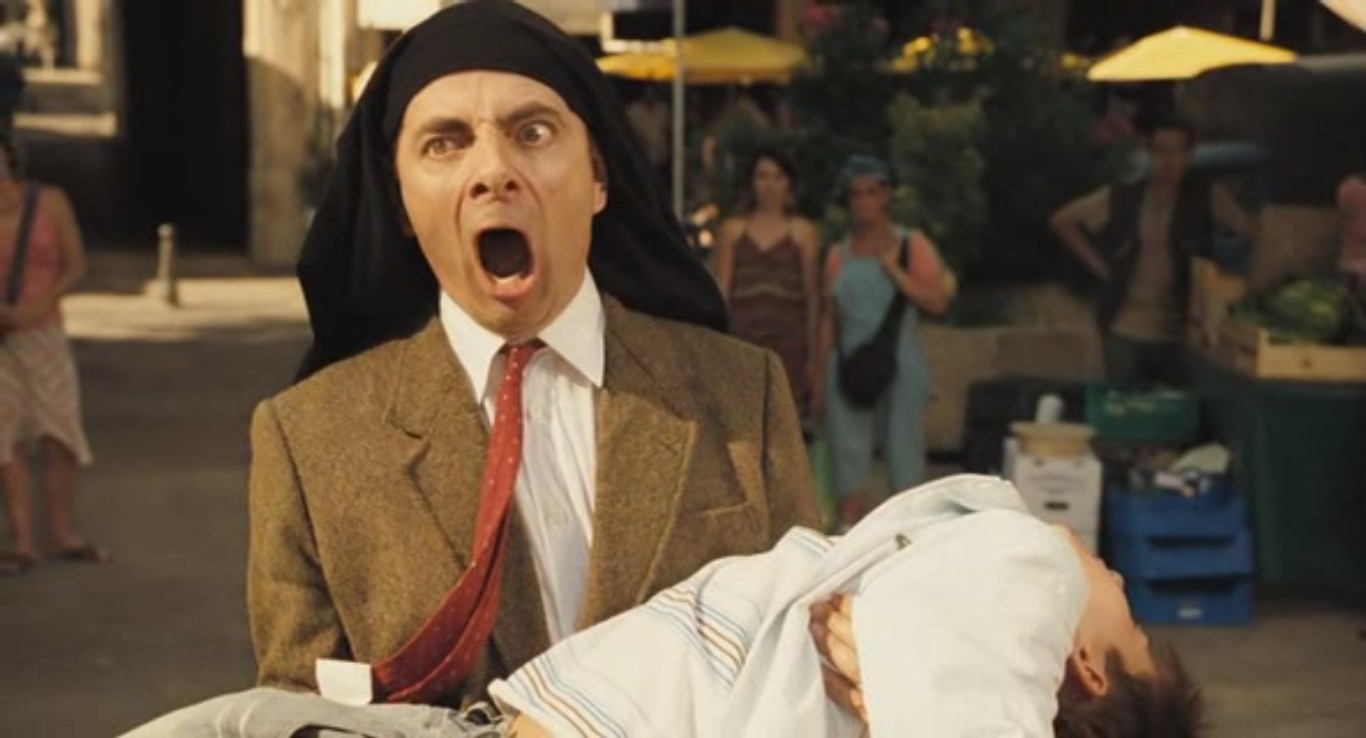
But mr bean followed the chicken until It arrived the farm, up to thousands of chicken were there. In the story, mr bean lost his ticket, then he realise that his ticket was stick under the chicken's foot, but in my opinion it was a impossible challenge because the chicken was hide in a group of chicken and they keep running around. But by th Mr bean is a staunch guy, because although he always make a lot of trouble and that are hard to solve them, he still keep trying and don't give up. Then replay the whole video from the start so that everyone can watch it together, ask students if they think their partner described the action well.Mr bean is a staunch guy, because although he always make a lot of trouble and that are hard to solve them, he still keep trying and don't give up. I recommend pausing the video quite frequently so that students can concentrate on describing 2 or three actions accurately rather than trying to describe a big chunk of the video.

Alternatively students could come up with predictions for how the video will end.

Then let all students watch the end together. Students then change positions and repeat until minute 3:14. Tell them that the one facing the screen is going to watch 20 seconds of the video then describe it to their partner, their partner will then repeat back what they’ve heard to make sure they have understood. Put students in pairs and arrange them so that 1 is facing the screen and one has their back to the screen. to snap in half (He snapped the pencil in half).Rowan Atkinson’s Bean is a creature of outsized facial expressions and physical gestures, rarely needing to speak to convey meaning, humanity and humor. Bean’s Holiday is a throwback to the essence of silent films starring the likes of Charlie Chaplin and Buster Keaton. to realise (I realised I had forgotten my passport) Bean (the 1990s British television series), Mr.to swap (I swapped the shirt for a t-shirt).to take out (I took a pen out of my bag).He didn’t put a mobile phone in his suitcase.”Īsk students: What do you have to do before you go on holiday?īuy your ticket, pack your suitcase, find your passport etc. Have them read out their original post-it using past simple affirmative and negative forms: “Mr.Bean put a shirt in his suitcase.

The team that guesses the most objects correctly wins. Then stick all the post-its on the board and show the video. Tell them they are going to watch a video of a silly man packing his suitcase, they have to write 5 things on the post-it that they think he will put in his suitcase. If children are old enough to write, put them in pairs and hand out post-it-notes and a pencil to each pair. You could also use this quizlet set to go over clothes vocabulary. After boarding a Eurostar train and arriving in Paris, the French language proves a barrier for Bean, as he struggles to get across the city to catch a train to the south of France from the Gare de Lyon.

Project a picture of a suitcase on to the board (or draw one) and ask “What do you put in your suitcase when you go on holiday?” Brainstorm things that you pack on the board. Bean enters a church raffle and wins a vacation trip to France as well as a camcorder. The aim of this lesson plan is to practice holiday vocabulary (clothes and items that go in a suitcase) and some basic grammar structure.


 0 kommentar(er)
0 kommentar(er)
